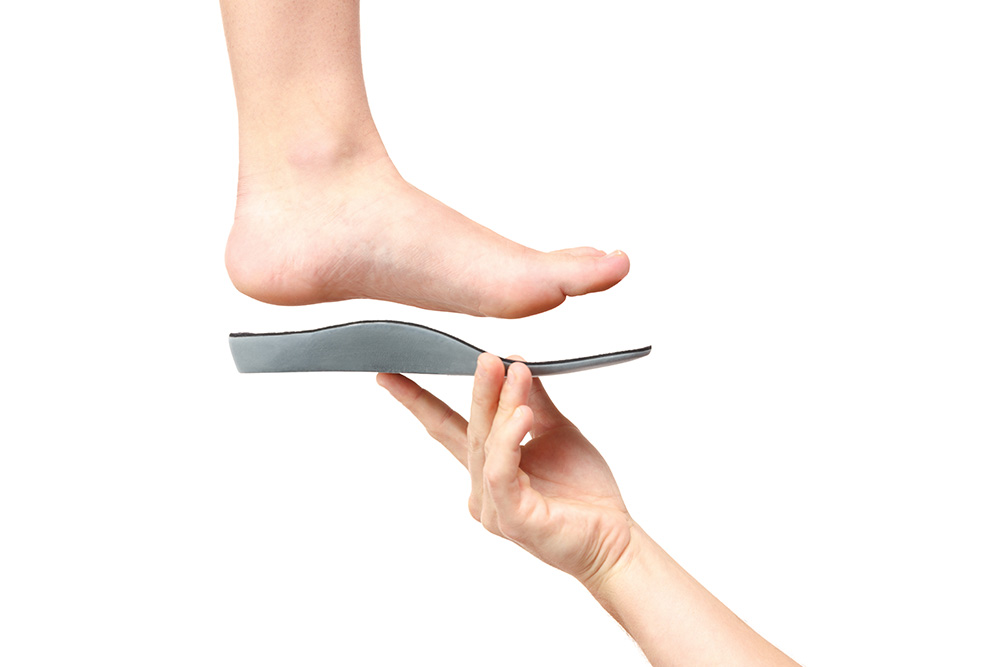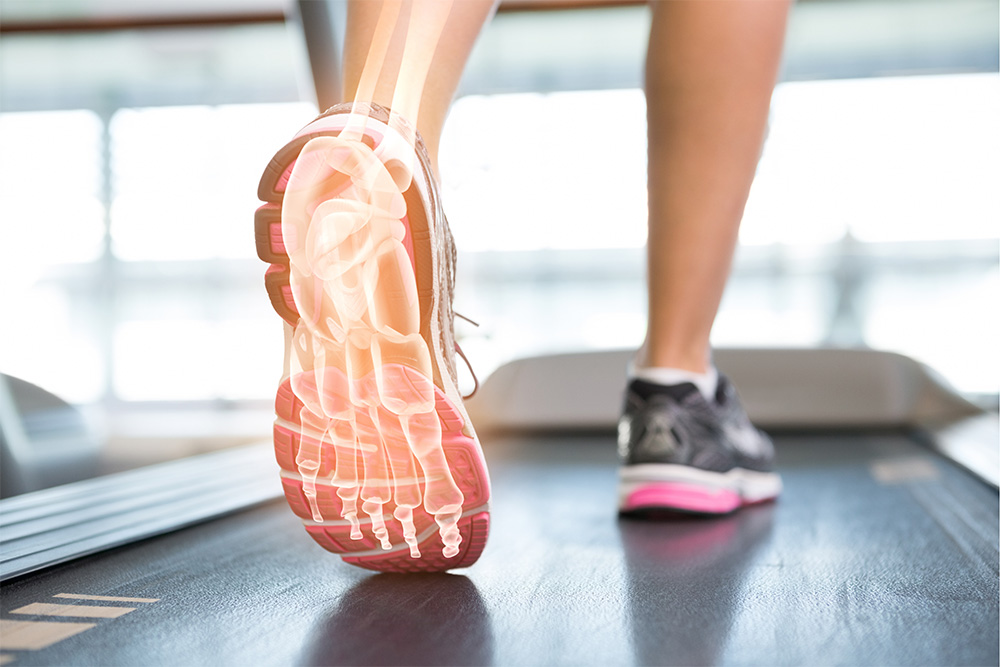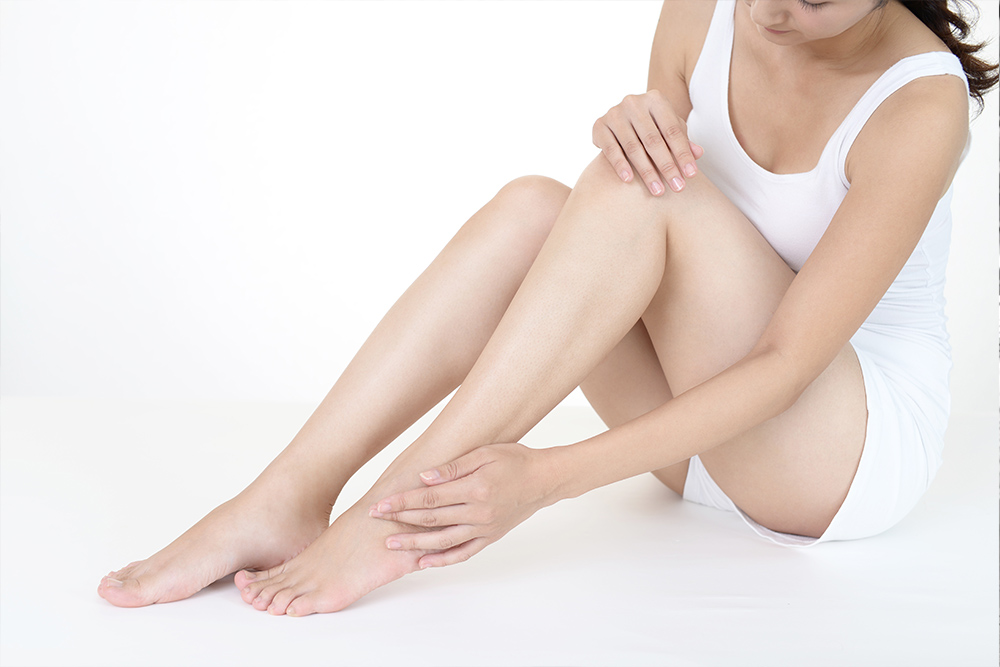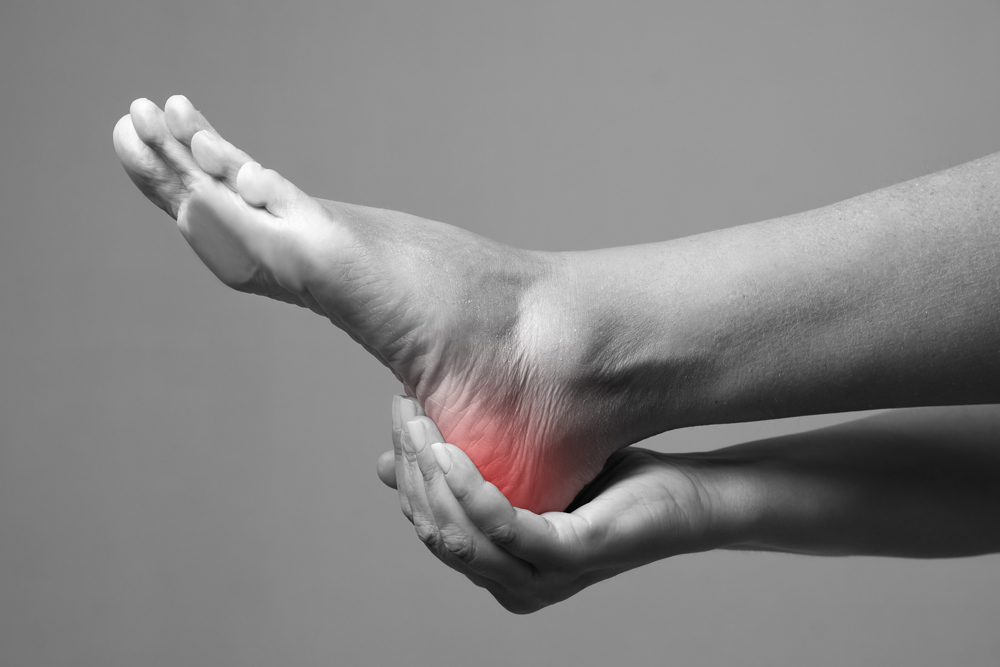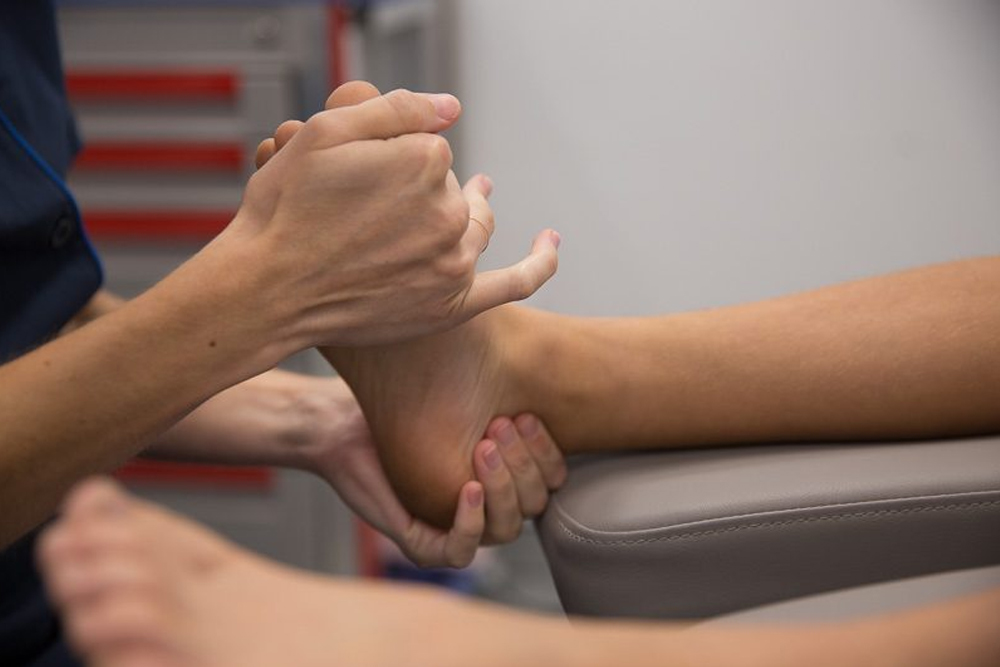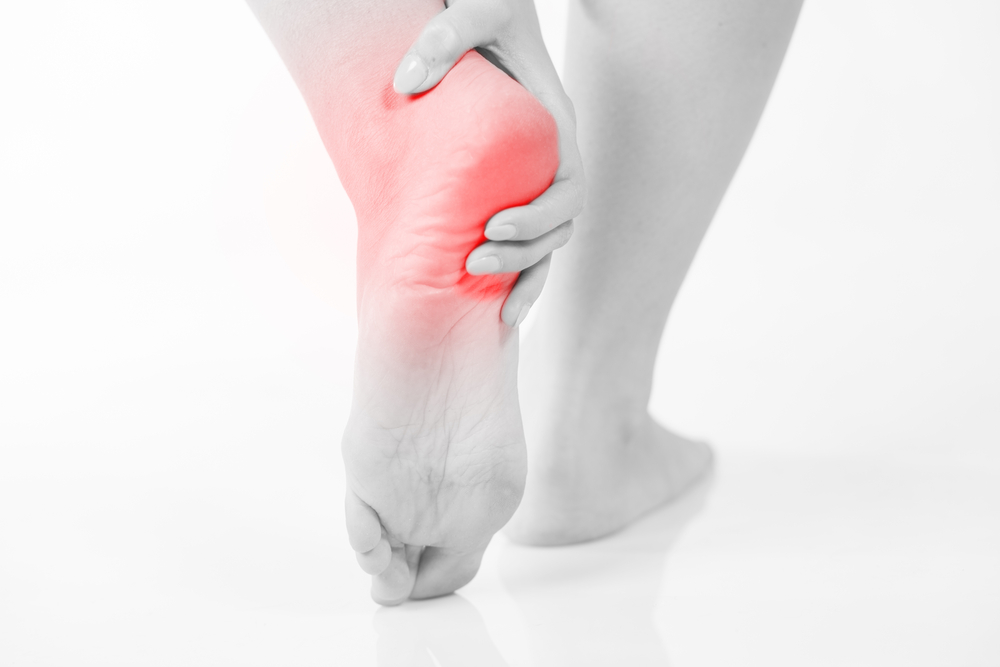
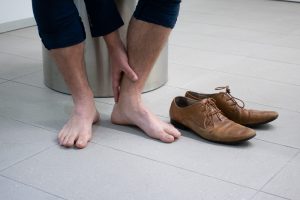 If you’ve had ongoing heel pain for some time, especially heel pain that is worse first thing in the morning or when standing after rest, then you may have developed a heel spur. Your heel spur, however, is not likely to be the cause of your heel pain.
If you’ve had ongoing heel pain for some time, especially heel pain that is worse first thing in the morning or when standing after rest, then you may have developed a heel spur. Your heel spur, however, is not likely to be the cause of your heel pain.
Instead, a heel spur is often a side effect of the real underlying cause of your heel pain, like plantar fasciitis or Achilles tendonitis. By treating these underlying causes, all symptoms are often relieved, meaning that heel spurs often require no treatment.
When you have heel pain, other health professionals may be quick to tell you that a heel spur is the cause. This is wrong, stemming from a longstanding misconception. Imaging studies have shown that people with heel pain do not always have heel spurs, and that people with heel spurs do not always have any heel pain.
What Is A Heel Spur?
Heel spurs are bony protrusions that develop on the bottom of the heel bone. They form over a long period of time in association with damage to the plantar fascia or Achilles tendon, which both insert and pull on the heel bone. When injuries and damage to these tissues persist beyond 6-8 weeks, the body may add bone to the insertion on the tendon. On x-ray, this is seen as a heel spur and will face the same direction as the associated tissue, which is why heel spurs can develop at both the bottom of the heel at the plantar fascia, and at the back of the heel at the Achilles tendon.
Some patients may only develop one spur, while others may have both feet affected. Either way, it is the longstanding damage and inflammation to the plantar fascia or the Achilles tendon that is the cause of most heel pain and not your heel spur. This is why treating heel pain should start by treating the damaged tendons, which often will completely resolve symptoms, and heel spur surgery should be left as a last resort.
Our podiatrists are experienced in treating a number of causes of heel pain, as well as helping prevent the problem from coming back in the future.
Am I more prone to heel spurs?
Heel spurs can affect anyone that has had plantar fasciitis or Achilles tendonitis for over 6-8 weeks as a minimum. Specific groups of people that may have a higher rate of heel spurs can include:
 Women: Because they tend to wear higher heeled shoes that shorten the Achilles tendon over time, this will increase the likelihood of a heel spur developing
Women: Because they tend to wear higher heeled shoes that shorten the Achilles tendon over time, this will increase the likelihood of a heel spur developing- Older adults: Long-term wear and tear and stress on the feet can contribute to the development of a heel spur. They are also more prone to having a thinner fat pad that cushions and protects the heel bone, known as Fat Pad Syndrome, which may increase this likelihood too.
- Active individuals: Sportspeople or active men and women that have performed at a high physical activity level over many years will also be more likely to have a heel spur, especially if they have had ongoing heel pain

Heel Spur Treatment
As a heel spur, if present, may not be the source of any pain, the first step in relieving heel pain is to correctly diagnose the cause of the heel pain. Often this will be the plantar fascia, the Achilles tendon, or another structure around the heel like the fat pad.
Treatment specific to the diagnosis will be carried out. In most cases, underlying foot and gait problems are present and need to be treated, such as excess pronation (feet rolling in) or supination (feet rolling out).
Treating the damaged structures will often resolve all pain and symptoms. If it doesn’t, surgery to remove the heel spur may be indicated, but this is usually a last resort. The best treatment is always prevention.
Heel Spur FAQs
What are helpful heel spur exercises?
Some stretches may be able to help ease pain and discomfort associated with heel spurs. These stretches also can ease underlying inflammation caused by plantar fasciitis. Exercising your calf muscles may also help reduce tightness that can contribute to heel pain.
The simplest exercise to help stretch your heels is to touch your toes while sitting and gently pull your toes back towards your shin. This stretches your plantar fascia which can tighten in your sleep overnight.
You may also find relief by running a golf ball underneath your foot to stretch and loosen up the fascia along the bottom of your feet.
How do I get rid of heel spurs?
The key of getting rid of your heel spur it to treat the underlying cause of your heel pain. This will often have to do with your plantar fascia, Achilles tendon or another structure around the heel area. A podiatrist will be able to help you treat these damaged structures which often resolves all pain and symptoms. As a last resort, surgery can be performed remove the heel spur itself.
What are heel spur symptoms?
The most common symptom of a heel spur is pain in the heel of your foot. This can present itself as a sharp pain when standing or a constant dull ache. You may also be able to see a small protrusion under the heel that is tender and makes it difficult to walk barefoot.
Not everyone with a heel spur will experience these symptoms, the only way to be sure a person has heel spurs is through an X-ray.
What causes heel spurs?
Heel spurs are caused by strains on foot muscles and ligaments, often over the plantar fascia or Achilles tendon. When injuries and damage to these tissues persist, the body can add bone to the insertion on the tendon. This repetitive stress can be caused by a number of factors, including walking, running, or jumping on hard surfaces. They may also develop from wearing shoes that do not properly support your foot.
Are heel spurs hereditary?
In most cases, heel spurs are not related to genetics but rather caused by damage to the muscles and ligaments in the foot.



